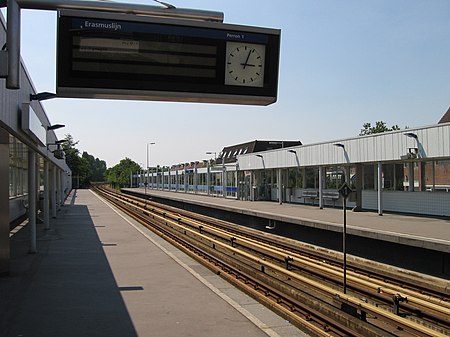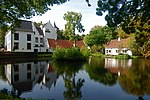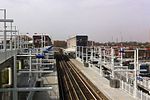Rhoon metro station

Rhoon is an above-ground subway station of Rotterdam Metro line D. The station is located just north of the centre of Rhoon, a village in the municipality Albrandswaard to the southwest of Rotterdam. The station was opened on October 25, 1974. On that date, the North-South Line was extended from its former terminus, Slinge, towards Zalmplaat station. As a less busy station it is only equipped with one escalator located at the platform with the most upward motions, which as this is an station which is accessed via overpass, is the platform towards De Akkers on the North side. This side also has a secondary exit roughly at ground level. Right outside the station, passengers can get on RET-operated bus line 62.
Excerpt from the Wikipedia article Rhoon metro station (License: CC BY-SA 3.0, Authors, Images).Rhoon metro station
Stationsstraat, Albrandswaard
Geographical coordinates (GPS) Address Nearby Places Show on map
Geographical coordinates (GPS)
| Latitude | Longitude |
|---|---|
| N 51.859166666667 ° | E 4.4191666666667 ° |
Address
Stationsstraat 75
3161 GH Albrandswaard
South Holland, Netherlands
Open on Google Maps








